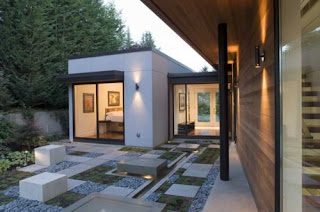Team 10 was seeking to solve social and form problems. As time passed, their thoughts changed and this quest for solutions made them start to loose their vigor.
One of the members of Team 10 was Aldo van Eyck. I have come to deeply respect van Eyck for his activist movements.
As Aldo van Eyck put it in his essay The Interior of Time “each case is a special case and can only be understood in its own terms.” He also makes the point that “each culture constitutes a very special case. That surely is a wonderful thing – wonderful in a different way for each different case!”
The people and place make a culture. Aldo van Eyck put it best in his collective thoughts titled Place and Occasion when he said ‘city implies “the people that live there” – not population.’ The best way to make real architecture is by letting a building evolve out of the place and culture. The design of buildings could be like the Dogon Basket in the sense that they are functional and satisfying the initial need of the structure but then go on to tell the story where the person or group was in the past, who they are now, and their ideas and goals; where they are going.
 I love learning about different cultures and I fear that globalization is diminishing the diversity of cultures around the world. Although I will admit that the integration of the culture of an area fused with modernity can produce very interesting buildings so long as the structure is functional, like Mr. Willoughby mentioned in class Tuesday “art can be absurd, but architecture can’t.”
I love learning about different cultures and I fear that globalization is diminishing the diversity of cultures around the world. Although I will admit that the integration of the culture of an area fused with modernity can produce very interesting buildings so long as the structure is functional, like Mr. Willoughby mentioned in class Tuesday “art can be absurd, but architecture can’t.”

